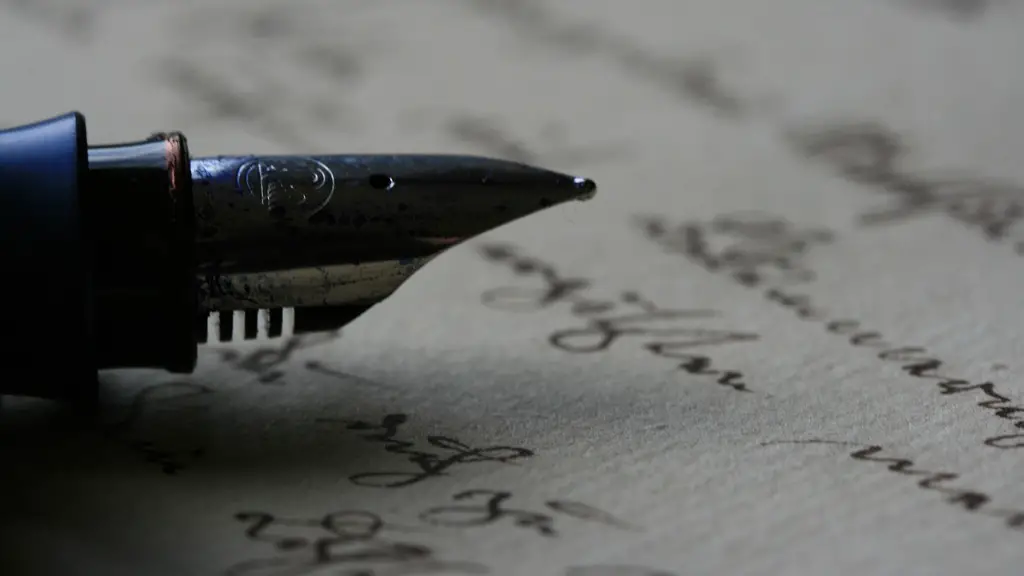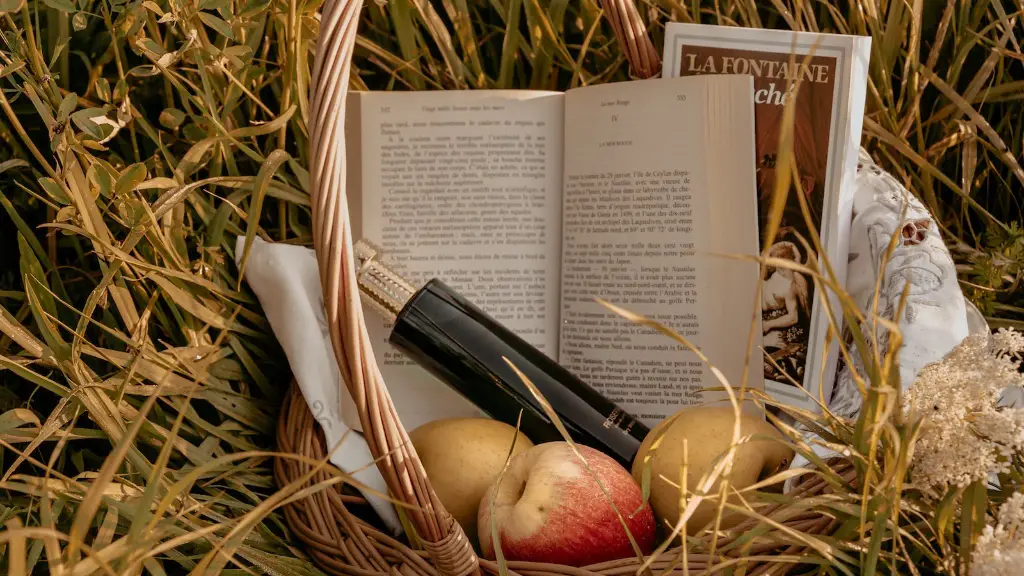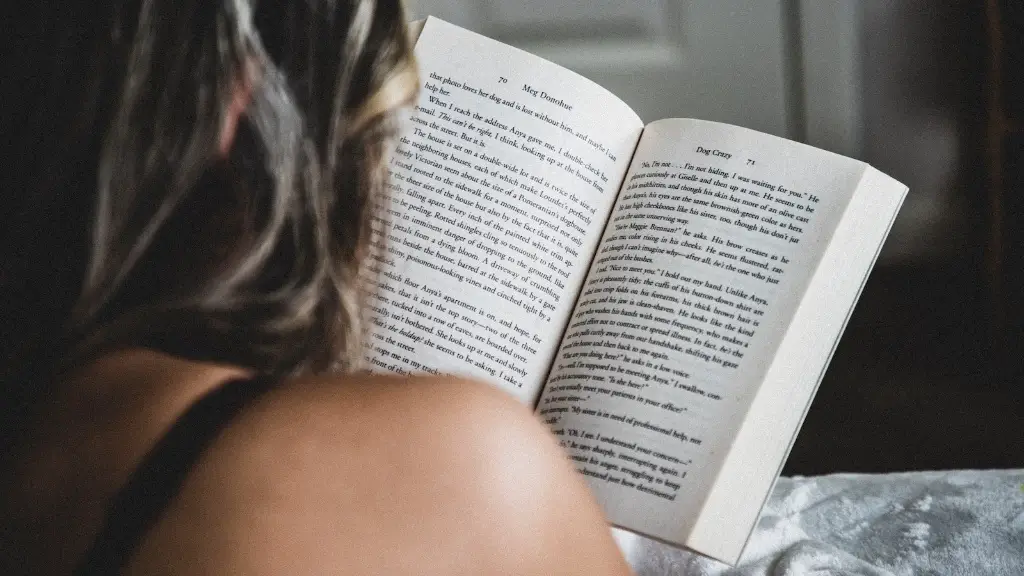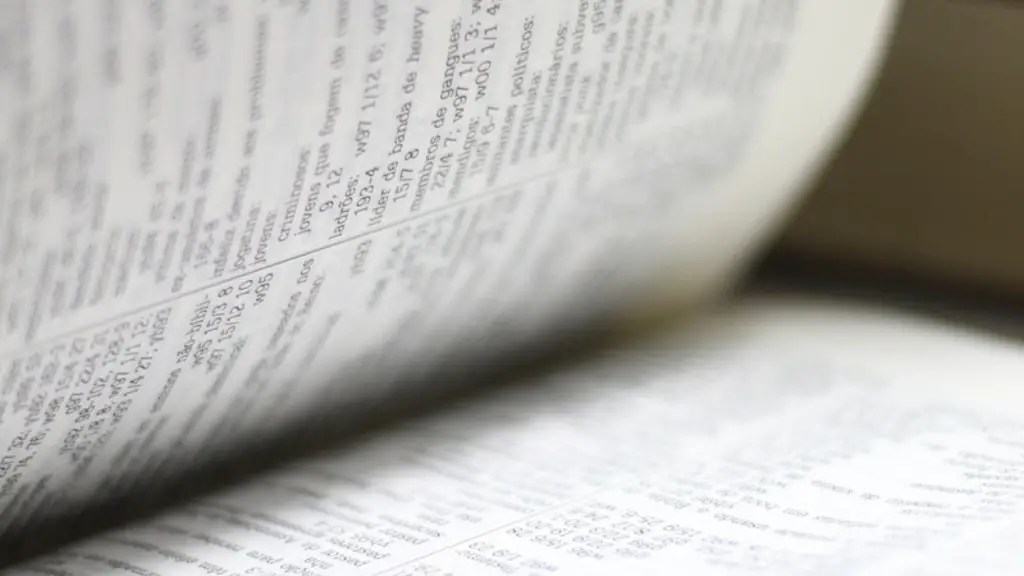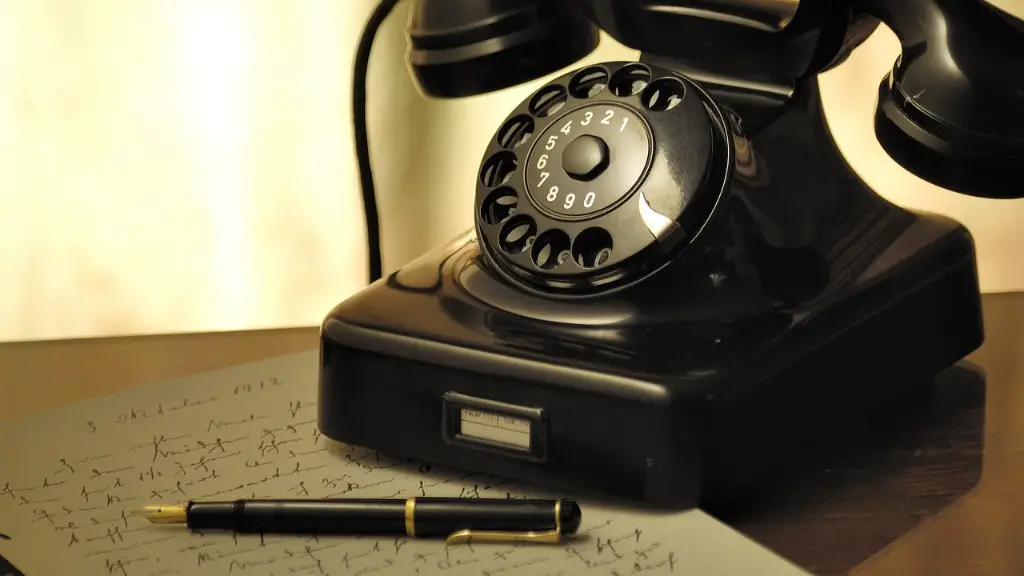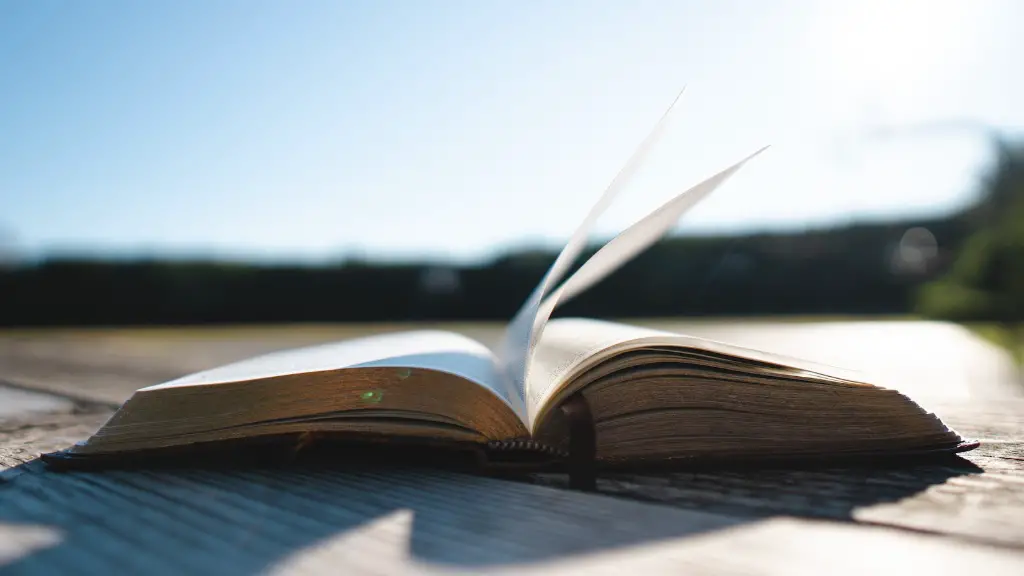What is a Couplet in Poetry?
A couplet is a type of poem in which two lines rhyme, in contrast to blank verse which follows a more libertarian style and does not follow grammatical structure or a specific rhyme scheme. A couplet can be structured in many ways, such as iambic pentameter, trochaic meter, and dactylic meter. Typically, though, they are structured as two lines that share identical rhythms and rhymes. A couplet carries with it much literary value and is often seen as one of the most traditional forms of poetry, as it resembles a storyteller’s musical qualities.
The coupling of two lines of rhythmic and rhyming verses is believed to have originated in the Middle Ages, where it was seen primarily in lyric and amatory poetry. Over time, the couplet rose in popularity, particularly in the Renaissance period, in England during the reign of Elizabeth I. During this time, it was embraced as an important poetic device, with writers and poets such as William Shakespeare and John Donne among its ardent proponents.
In English literature, there are two main types of couplets: heroic and Shakespearian. A heroic couplet consists of a pair of rhyming lines of iambic pentameter, with a caesura (or pause) between the two lines, giving lyrical surprise to the reader. In contrast, the Shakespearian couplet made popular by Shakespeare is a pair of lines in iambic pentameter that also rhyme but, usually, has no caesura.
A famous example of a heroic couplet can be found in Alexander Pope’s poem ‘An Essay on Criticism’:
True ease in writing comes from art, not chance,
As those move easiest who have learn’d to dance.
Although the term ‘couplet’ usually refers to two lines in a poetic stanza, it can also describe a complete stanza composed of two lines that rhyme and share a similar rhythm. Similarly, a couplet can also be a repeated line that comes before and after a certain part of a poem, such as a refrain.
Over time, the couplet has been seen as a powerful tool for poets to communicate complex ideas in an economical, yet meaningful, manner. This form of poetry is often used to enable poets to express their opinions, emotions and feelings, while sparking readers’ interest and engagement. The use of the couplet can also help create a tighter, more unified feel to the poetic message.
How to Write a Couplet
Writing a couplet does not have to be a difficult task. In fact, it can be a simple and straightforward process. First of all, it’s important to decide on a theme and context, such as love, nature or beauty — all of which lend themselves easily to couplet writing. Once a focal point is chosen, decide on a meter, such as iambic pentameter, and the rhyming scheme for the couplet. The rhyme scheme for the couplet will typically depend on the meter — for example, a classical couplet uses an “a” and “b” rhyme scheme, while an iambic pentameter couplet uses an “abab” rhyme scheme.
Pay special attention to the syntax structures in both lines of the couplet, as this will add to the quality and expressiveness of the poem. For example, using alliteration — the repetition of consonants — can help make the poem flow more smoothly and make it more aesthetically pleasing. Once the couplet has been written and is read aloud, think about the wider message of the poem and determine its primary purpose — is it to tell a story, to impart a moral message, or simply to express emotions or feelings?
Finally, there are various ways to make couplets more interesting and impactful. A useful technique is to use imagery, metaphor and simile to help tell the story or convey the message. Finally, make sure to check for any typos or errors and to make sure that the couplet flows well, with the chosen meter, rhythm and rhyme scheme.
Couplet Examples in English Literature
Some of the most famous couplets in English literature include Shakespeare’s “That time of year thou mayst in me behold” (Sonnet 73), John Dryden’s “He drew a circle that shut me out” (The Garden), and Andrew Marvell’s “Had we but world enough and time” (To His Coy Mistress). Other well-known examples of couplets include Alfred Lord Tennyson’s “Theirs not to make reply, Theirs not to reason why” (The Charge of the Light Brigade) and Alexander Pope’s “Hope springs eternal in the human breast” (An Essay on Man).
Apart from English literature, couplets are often employed in other genres of poetry, such as song or rap lyrics. In rap music, for example, the “signature rhyme” is often employed, which sees the end of each bar or beat of the rap contain a specific rhyme. Examples of this can be found in the work of artists such as Eminem, Snoop Dogg and Lil Wayne.
The Importance of the Couplet in Poetry
The couplet is one of the most important and versatile forms of poetry. It can be used to evoke emotion and stimulate an intellectual response, while providing entertaining and thought-provoking dialogue among readers. A successful and creative couplet, can leave a lasting impression, which can be both exciting and captivating for readers.
Moreover, the couplet also gives poets the opportunity to express their ideas efficiently and with fewer words than most other forms of poem. The combination of two rhyming lines with a shared rhythm can create a powerful effect that is hard to rival. The beauty of the couplet is that, when done correctly, the result can be very poetic and can leave the reader with powerful images and feelings.
Modern Uses of the Couplet
Today, the couplet is still an important feature in modern poetry and is seen in many different types of writing. Couplets can be found in contemporary lyrics, rap songs and even in speeches and public presentations. The use of the couplet has evolved, but its purpose remains largely the same: to create an effective and engaging dialogue between the poet, the reader and the audience.
Additionally, in written literature, some authors, such as the Pulitzer Prize-winner Van Jones, use couplets for added emphasis and rhetorical impact. Furthermore, couplets are also often employed as a device for humour and can be used to inject a light-hearted atmosphere into a piece of work. Finally, couplets are sometimes used in short stories and long works of literature, such as novels and novellas, for variety, as a tool for developing character and as a way of creating emotional depth in a narrative.
Contemporary Couplet Examples
Examples of couplets in contemporary poetry include the following: Robert Burns’ poem “Scots Wha Hae” begins with the widely known couplet “Scots, wha hae wi’ Wallace bled, Scots, wham Bruce has aften led”; Helen Ivory’s “Farmyard Ode” includes the well-known couplet “Herds go through their regular throats and ploughmen haste in mired clothes”; and Robert Frost’s poem “Birches” concludes with the famous couplet “ Earth’s the right place for love: I don’t know where it’s likely to go better.”
The Legacy of the Couplet in Poetry
The couplet has enjoyed a long and influential journey in English literature and has been used by some of the greatest poets of all time. It has seen periods of great popularity, particular in the Renaissance era, and has showcased some of the finest examples of poetic composition. Despite the introduction of modern poetic forms, the couplet has survived and flourished, making it an important form of poetic expression.
Although it is more often associated with classical literature, the couplet has also enjoyed periods of popularity in modern and contemporary works. Its use of rhyme and rhythm has lent itself to a variety of genres and forms of writing, including rap music, speeches, lyrics and novellas. Ultimately, the couplet remains an important and effective form of poetic expression and will undoubtedly continue to be so in the years to come.
Couplet Poems by Famous Poets
Throughout history, many famous poets have composed couplets. William Shakespeare, Robert Burns and Emily Dickinson are renowned for their couplet compositions, with “a mid-summer night’s dream”, “Scots Wham Hae” and “I heard a Fly buzz—When I died”, some of their most famous works. Additionally, other poets, such as Robert Frost, William Wordsworth, Alfred Lord Tennyson and Walt Whitman also wrote couplets.
In recent years, couplets have been featured in modern hip-hop and rap music, with Eminem’s “Lose Yourself” and Kendrick Lamar’s “King Kunta” featuring prominent examples. Several contemporary authors have also used couplets in their works, such as Margaret Atwood in the novel “The Handmaid’s Tale” (“We have been naught; we shall be all.”) and J. K. Rowling in the play “Harry Potter and the Cursed Child” (“To question fate is a dangerous thing, and victory has her dark side.”).
Conclusion
A couplet is an important form of poetry, which has been used for centuries in many different forms of writing. Couplets can be used to express complex ideas in an economical, yet meaningful, manner and can help create a tighter and unified feel to any poetic message. Examples of the couplet can be found in the works of some of the greatest poets of all time, as well as in contemporary poems, lyrics and literature. Ultimately, the couplet remains an important feature in English literature and it is sure to be around for many years to come.
